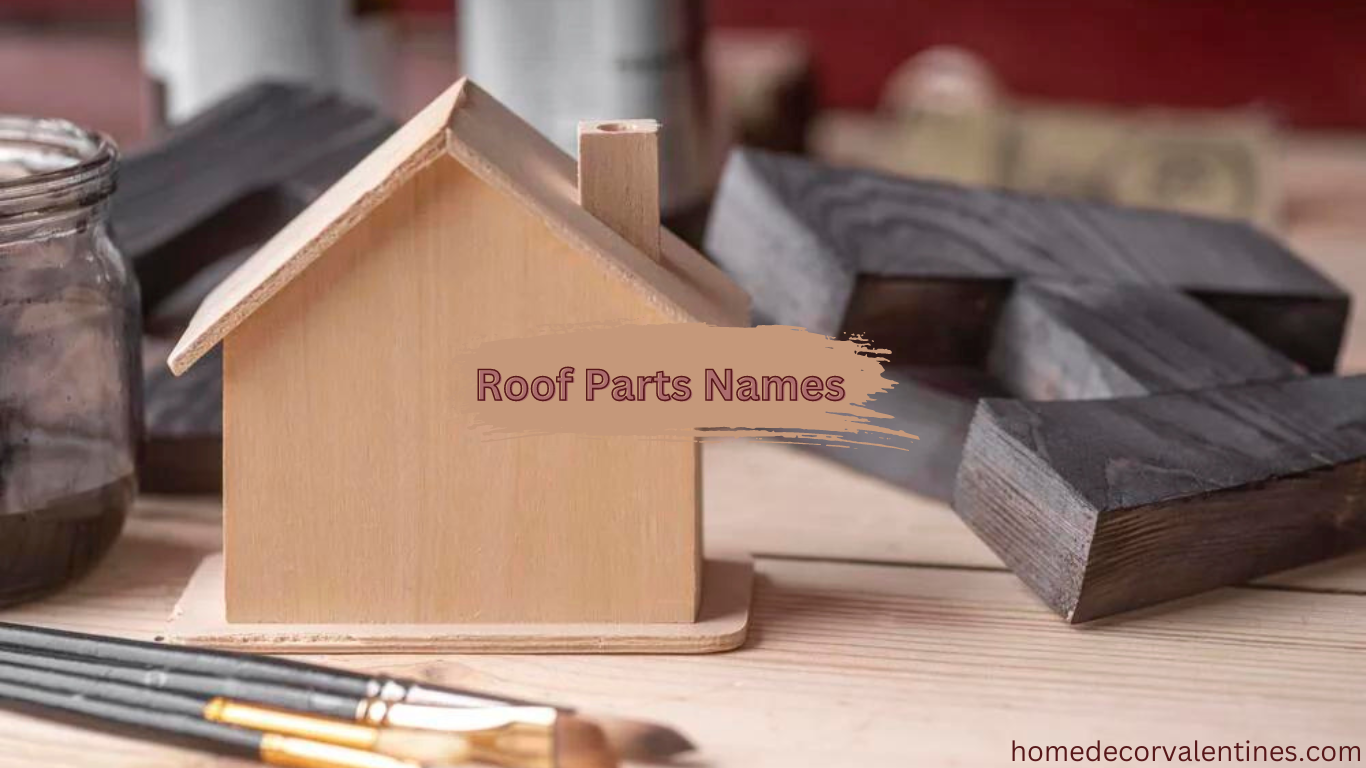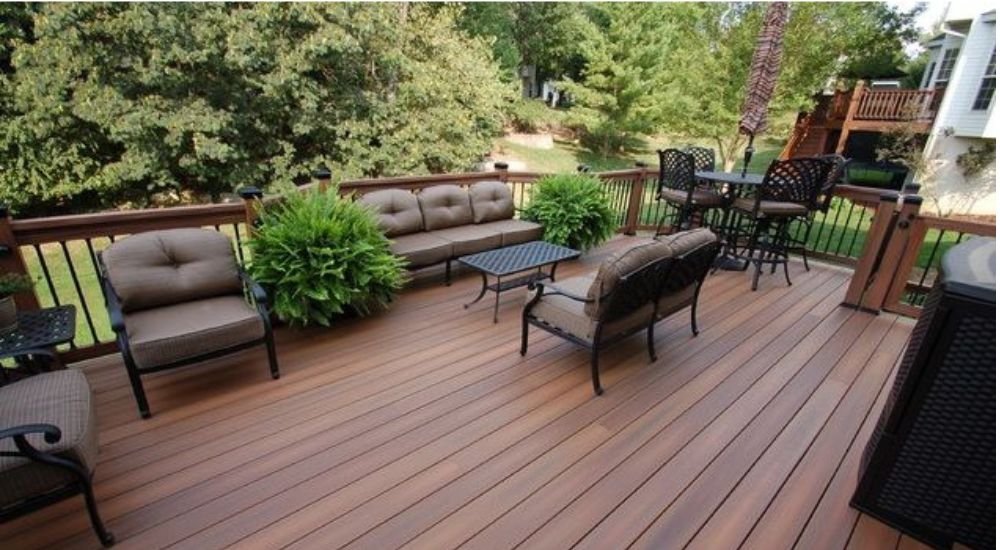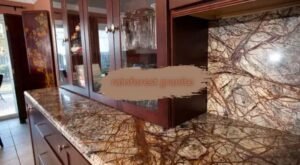Roofing 101: Understanding the Common best Roof parts names
Roof parts names,Roofing is installing a protective covering over a building’s structure to shield it from weather conditions such as rain, snow, sun, and wind. It plays a vital role in maintaining a comfortable and safe indoor environment.
Roof Parts Names
Roofing is a crucial aspect of any building, providing protection against the elements and enhancing structural integrity. Understanding the various parts of a roof is essential for homeowners, contractors, and anyone involved in construction or maintenance. In this article, we’ll delve into the critical components of a roof, their functions, and why knowing their names is essential.
The Importance of Knowing Roof Parts Names
Knowing the names of roof parts names is not just about technical knowledge, it’s about practical benefits. It enables effective communication with roofing professionals, contractors, and insurance companies. It empowers homeowners to understand their roof’s anatomy, diagnose issues, and make informed decisions regarding repairs or replacements. This knowledge is a valuable tool in maintaining a safe and functional roof.
The Basic Roof Structure
A typical roof structure consists of several essential parts:
Roof Deck
The base layer of the roof structure, usually made of plywood or OSB, provides a sturdy foundation for the roofing materials.
Underlayment
A protective layer is installed on the roof deck before the roof covering, serving as a barrier against water infiltration and enhancing weatherproofing.
Roof Covering
The outermost layer of the roof, such as shingles, tiles, or metal sheets, provides protection against weather elements and enhances the roof’s aesthetics.
Flashing
Metal strips or sheets \installed at vulnerable areas of the roof, such as intersections, valleys, and chimneys, to prevent water leaks and redirect water away from critical areas.
Gutters and Downspouts
Channels attached along the roof edges collect rainwater and direct it away from the building’s foundation through downspouts, preventing water damage and erosion.
Ventilation System
Components like vents, soffits, and ridge vents installed to allow air circulation within the attic space, reducing moisture buildup, preventing heat buildup, and enhancing energy efficiency.
Understanding each component’s role contributes to the roof’s durability and performance.
Types of Roofs and Their Parts Names
Different roof types have distinct parts, such as:
- Sloped Roofs: Ridge, Rafters, Trusses, Eaves, Fascia
- Flat Roofs: Decking, Parapet, Drains, Scuppers, Roof Membrane
Each type has specific components that contribute to its functionality and aesthetic appeal.
Common Roofing Materials and Their Parts Names
Roofing materials vary, including:
- Asphalt Shingles: Starter Strip, Shingle Tabs, Nails
- Metal Roofing: Panels, Flashing, Fasteners
- Tile Roofing: Tiles, Battens, Ridge Caps
Knowing the parts of the chosen material aids in maintenance and repair tasks.
Signs of Damage in Different Roof Parts
Identifying damage in roof parts names is crucial for timely repairs. Common signs include:
Leaks and Water Stains
Water seepage through the roof causing visible marks or discoloration on ceilings or walls.
Missing or Damaged Shingles
Absence or deterioration of individual roofing units, exposing the roof to potential leaks.
Rust or Corrosion
Oxidation and deterioration of metal components on the roof, often leading to structural weakness.
Sagging or Uneven Areas
Areas of the roof that appear sunken or uneven, indicating potential structural issues or water damage.
Clogged Gutters
Accumulation of debris or blockages in gutter channels, hindering proper drainage and potentially causing water damage.
Regular inspections not only help detect issues early but also provide a sense of security, knowing that potential problems are being addressed promptly. This proactive approach to maintenance can prevent extensive damage and ensure the long-term safety and functionality of your roof.
How to Maintain and Repair Your Roof
Maintaining and repairing your roof is essential for prolonging its lifespan and ensuring the safety and integrity of your home. Here are some steps you can take:
Regular Inspections
Conduct visual inspections of your roof at least twice a year, preferably in the spring and fall. Look for signs of damage such as missing shingles, sagging areas, or debris accumulation.
Clean Gutters and Downspouts
Clear out leaves, branches, and other debris from gutters and downspouts to ensure proper water drainage. Clogged gutters can lead to water backup, roof part names leaks, and even structural damage.
Trim Overhanging Branches
Trim back tree branches that hang over your roof to prevent damage from falling limbs, leaves, or sap. This also helps to minimize the risk of critters accessing your roof.
Inspect and Repair Flashing
Check the flashing around chimneys, vents, skylights, and other penetrations for signs of wear or damage. Repair or replace any damaged flashing to prevent water leaks.
Replace Missing or Damaged Shingles
If you notice missing, cracked, or curling shingles, replace them promptly to prevent water infiltration and further damage to the roof deck.
Address Roof Leaks Immediately
If you detect a roof leak, address it promptly to prevent water damage to your home’s interior. Trace the source of the leak and repair the affected area.
Maintain Attic Ventilation
Ensure your attic has proper ventilation to prevent moisture buildup, which can lead to mold growth and roof damage. Install vents and check insulation to promote airflow.
Professional Inspections and Maintenance
Considering professional maintenance for your roof is not just an option, but a wise investment in its longevity. By hiring a professional roofing contractor for annual inspections and maintenance, you can rest assured that potential issues will be identified early and repairs or replacements will be performed as needed, extending the life of your roof.
By following these maintenance and repair practices, you can help extend the life of your roof and protect your home from weather-related damage.
Conclusion
Understanding roof parts names is fundamental for homeowners to maintain a safe and functional roof. Regular inspections, timely repairs, and using quality materials contribute to a durable and aesthetically pleasing roofing system.
If you gained new insights from this article, explore our blog, Gimkit, for more enlightening content.














Post Comment